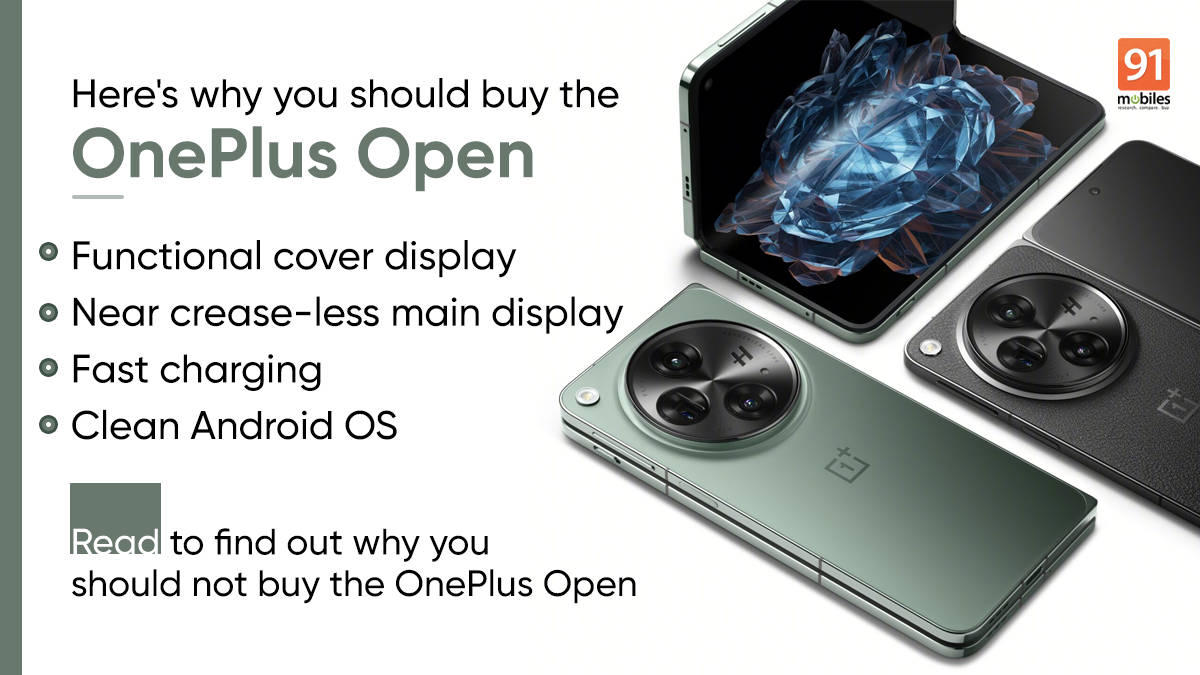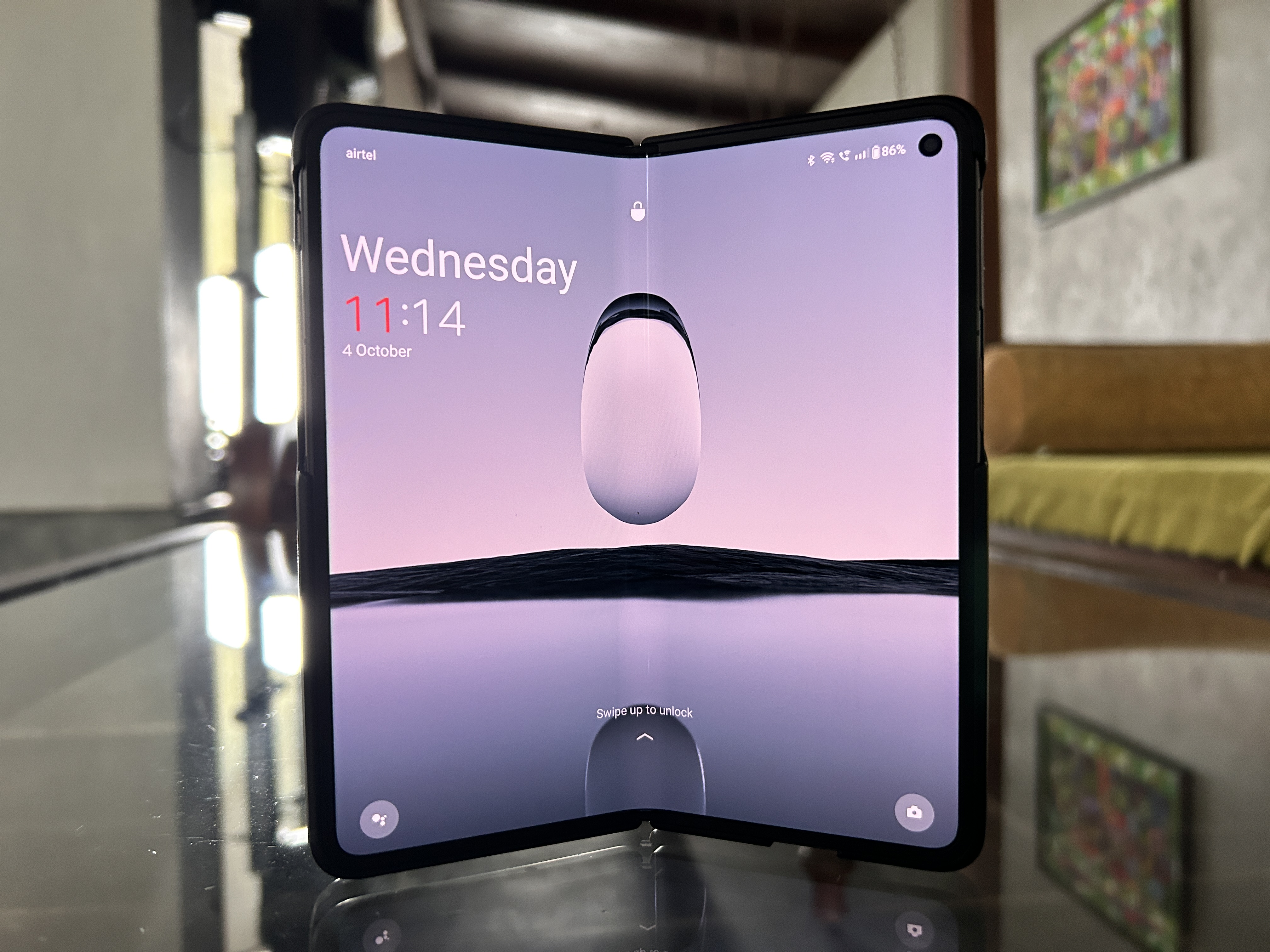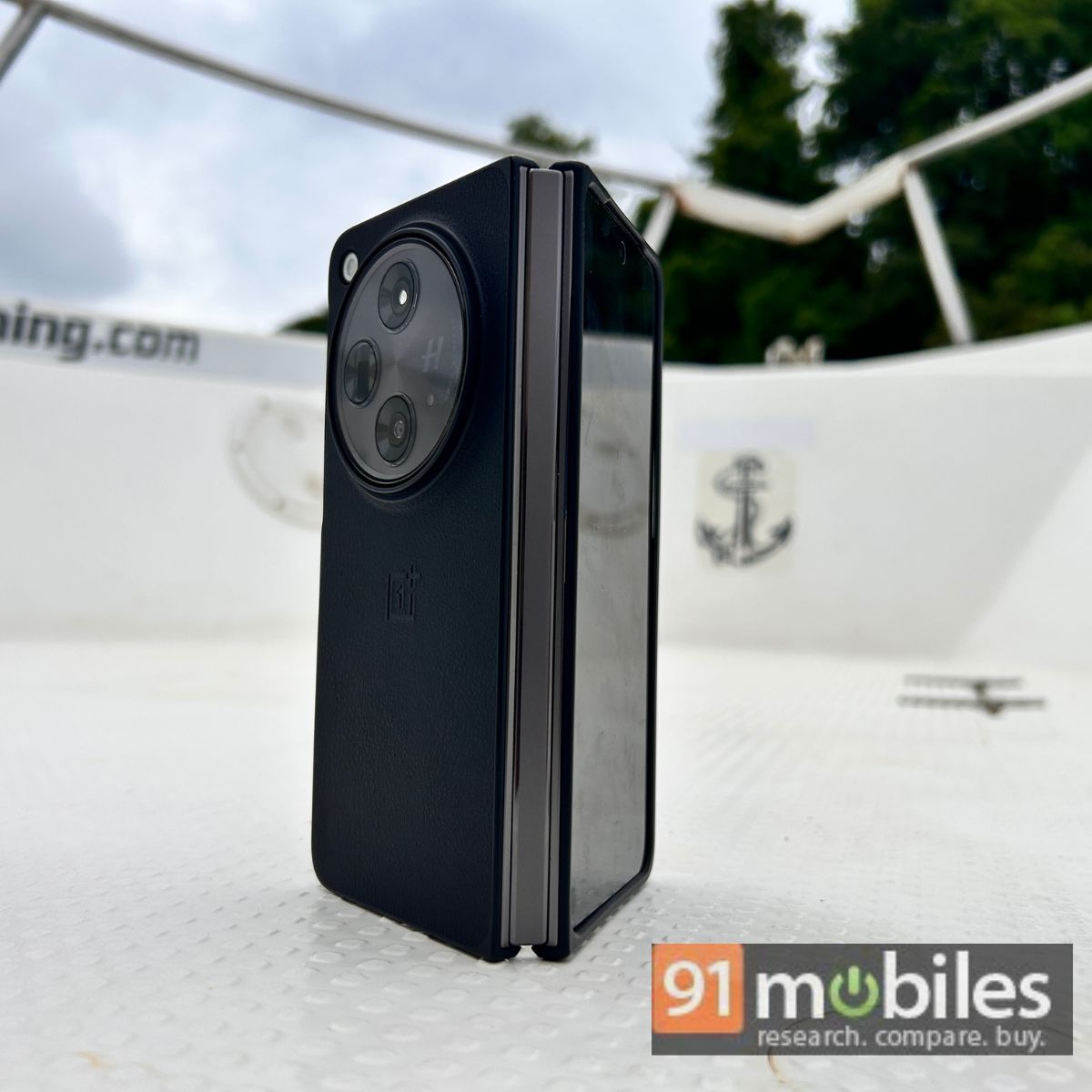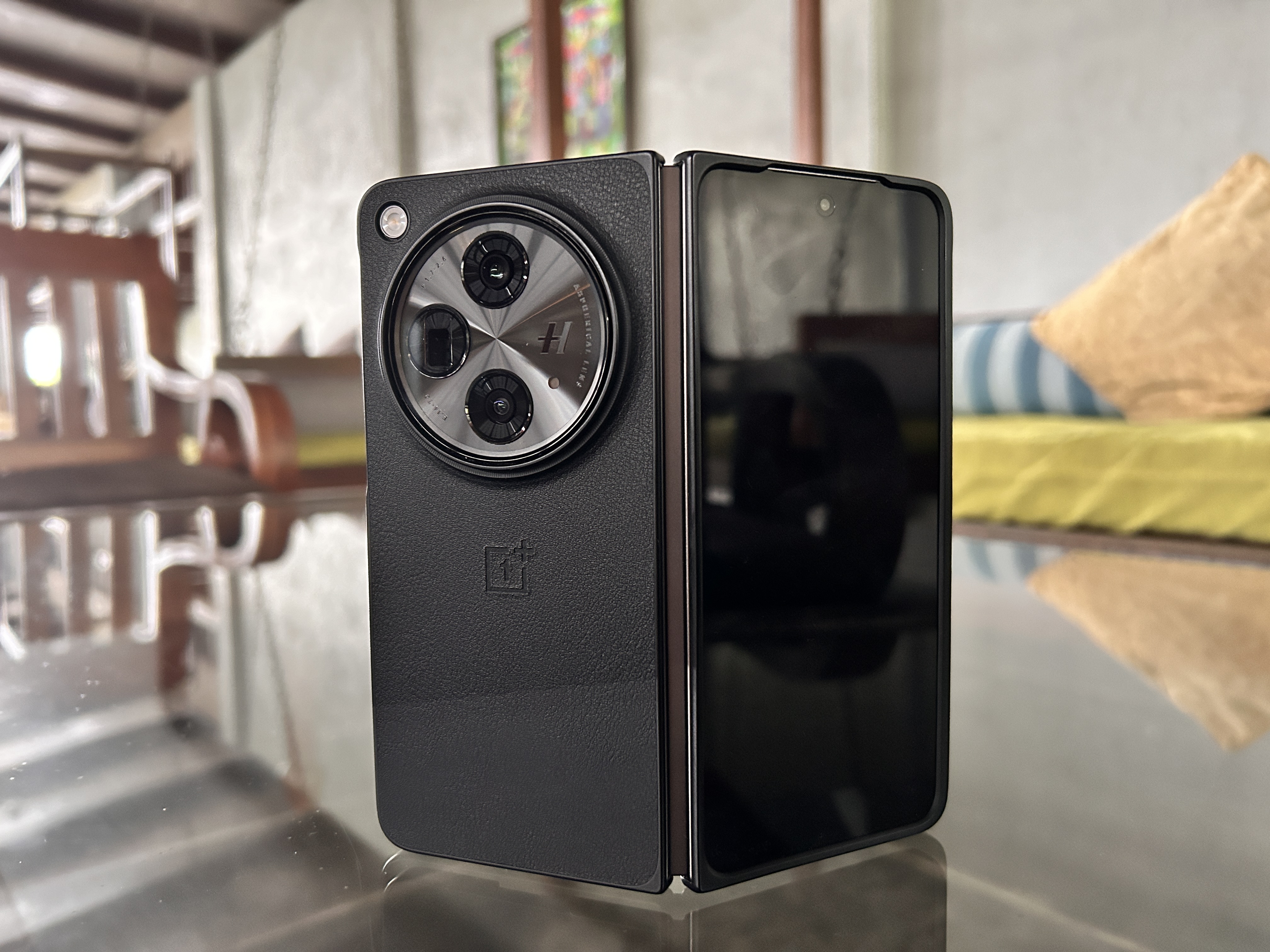4 reasons to buy the OnePlus Open (and 2 reasons why you shouldn’t)


OnePlus Open is the brand’s first foldable phone and it debuted globally and in India at a special event on Wednesday, October 19th. Priced lower than its closest competitor, the Samsung Galaxy Z Fold 5, the OnePlus Open offers a near-crease free main display and a premium visual experience. The Hasselblad cameras on the back are yet another highlight of the foldable.
The OnePlus Open sale starts on October 27th (pre-orders are live) and in this article, we take a look at the top four reasons to buy the OnePlus Open and the reasons to not buy, based on our review.
4 reasons to buy the OnePlus Open
Highly functional cover display
The OnePlus Open has a very functional display – a 6.3-inch screen with a 10Hz-120Hz refresh rate and a “ceramic guard” screen protector. Unlike the Samsung Galaxy Z Fold 5’s cover panel, most apps work efficiently on the OnePlus Open. From watching Instagram Reels to YouTube Shorts, customers can have a very functional experience and give us a feel of using a normal main display. The edge-to-edge panel offer an immersive viewing experience.
Near crease-less main display

Foldable phones usually come with a noticeable crease in the middle of the main screen. While this isn’t a bad thing particularly, it can be felt and comes as a distraction while using the phone. However, the OnePlus Open offers a near-crease-less main display. The company has developed a ‘Flexion Hinge’ design and this minimises the weight and crease.
Since the crease is barely noticeable, this doesn’t mean the hinge is delicate or fragile. The Flexion Hinge leverages the water drop-shaped design that most foldables are using these days. The company was able to reduce hinge components down to 69, which is why the foldable is lighter in weight. The hinge can retain a 90-degree angle without any wobbles.
OnePlus says the foldable can survive at least a million folds — roughly 547 folds per day for five years. In comparison, Samsung is promising 200,000 folds for the same period.
Fast charging

OnePlus’ fast charging tech needs no special introduction as the brand always tries to break boundaries. The same is the case with the OnePlus Open as well. The phone packs a 4,805Ah battery with 67W charging. This fast charging speed is an added bonus to the foldable as it quickly juices up when you are on the go. The OnePlus Open was able to charge 40 percent in around 20 minutes. The full charging took around 50 minutes.
Clean Android OS
The OnePlus Open runs on Android 13 OS with OxygenOS 13.2 custom skin out of the box. The software experience on the foldable is yet another advantage. There is an app stack at the bottom of the screen which keeps your frequently used apps, but users can also customise them. Users can run three apps simultaneously on the main display, which the brand is calling ‘Triple Splits’. If you close the main screen, the app running in the foreground gets optimised to the cover screen, provided there’s support for that particular app.
Moreover, OnePlus is promising four years of Android OS updates and five years of security updates. Software features aside, we don’t get any bloatware apps and the UI is completely ad-free.
2 reasons to not buy the OnePlus Open
No wireless charging
OnePlus Open is costly at Rs 1,39,999 and at this price, the company should have included some basic features like wireless charging, which its Samsung counterpart has. While we do get 67W fast charging support, the inclusion of wireless charging would have made a lot of difference as the feature is slowly gaining momentum among flagship phone users.
Cameras could have better
The OnePlus Open features a 48MP primary Sony LYT-T808 camera, a 48MP ultra-wide-angle lens and a 64MP telephoto camera with 3x optical, 6x in-sensor zoom, up to 120x digital zoom. There is a 32MP (cover) and 20MP (main) front cameras for selfies and video chats.

While the hardware numbers are good to look at on paper, the performance of the cameras is pretty average at best. The photos taken in daylight have a lot of details but the company still continues to make the shots dramatic by adjusting the sky. The images clicked in low-light and ambient situations have noise and are not as sharp as one would want.
The colours and contrast levels of the ultra-wide camera are good but the noise levels also increase. The software tuning is also not up to the mark and struggles with minimising the lens flare.
The telephoto camera performed well surprisingly. Shots with 3x zoom are natural, sharp, and have a rich bokeh effect. Even the 6x zoom images, which leverage the main camera, are surprisingly crisp. The two selfie cameras also do an okayish job, thanks to inconsistent results.
For all the latest Technology News Click Here
For the latest news and updates, follow us on Google News.
